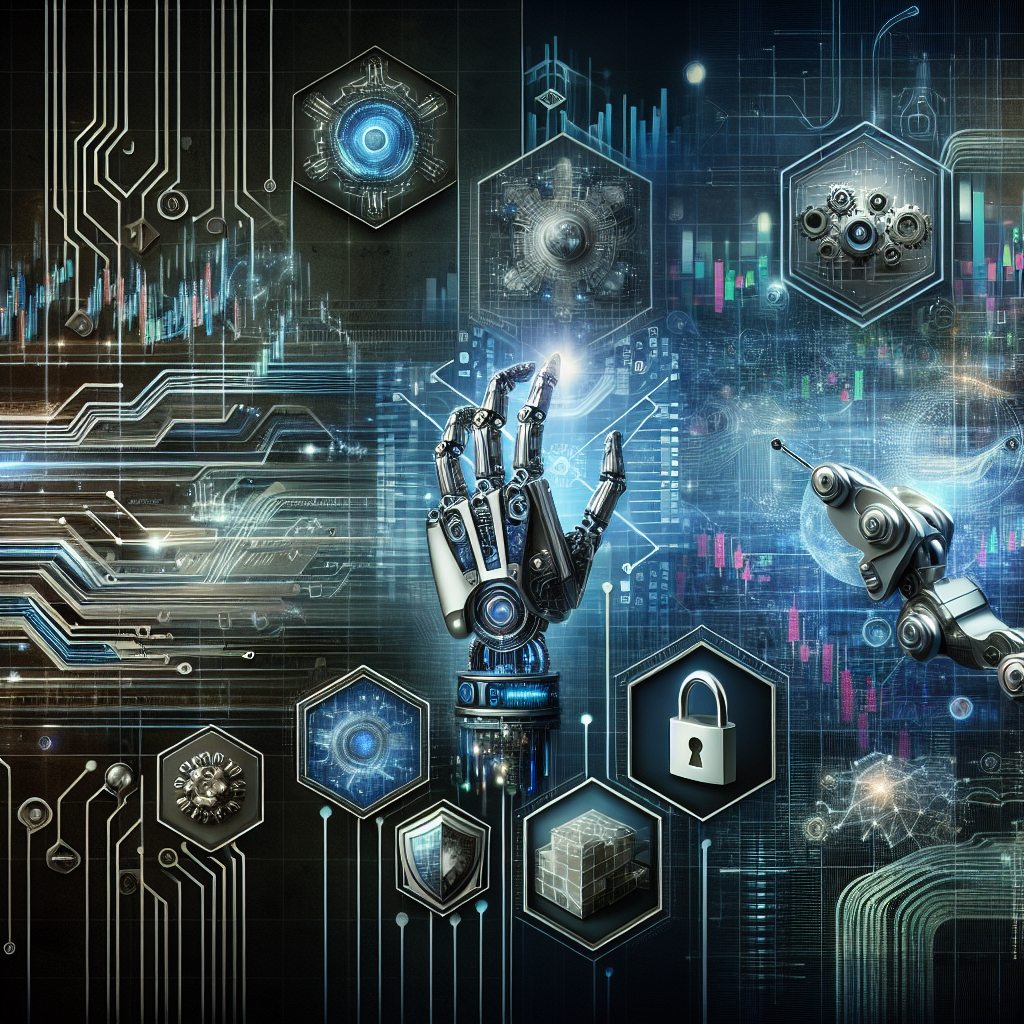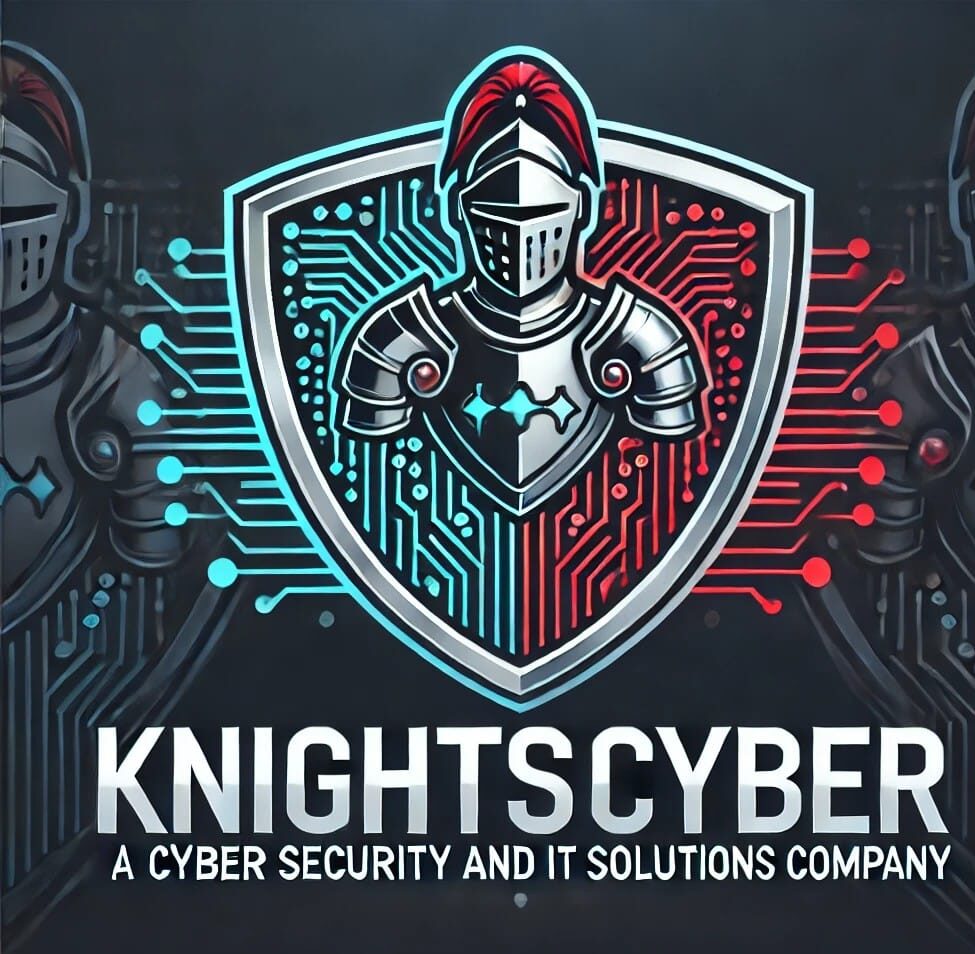How AI and Automation Are Empowering Cybersecurity Threat Actors
CyberSecurity
How AI and Automation Are Empowering Cybersecurity Threat Actors
The evolution of artificial intelligence (AI) and automation technologies represents a double-edged sword in the world of cybersecurity. While these advancements present powerful tools for enhancing security measures, they are also increasingly exploited by malicious actors to fuel cyberattacks. As we move through 2025, understanding the dual role of AI and automation has become essential for developing effective defenses against ever-evolving cyber threats.
The Dual Nature of AI and Automation in Cybersecurity
AI and automation are at the forefront of modern cybersecurity. On the one hand, they offer organizations streamlined processes through which they can detect and mitigate threats more efficiently. On the other hand, threat actors are leveraging these technologies to conduct more sophisticated, automated attacks. This paradox calls for a deeper inspection into how these technologies are being utilized on both sides of the cybersecurity fence.
AI in Threat Detection and Response
Organizations worldwide have embraced AI technologies to revolutionize their security measures. AI-driven solutions are deployed for real-time threat detection, identifying anomalies, and responding to incidents promptly. The main advantages include:
- Improved Threat Detection: AI algorithms analyze vast data sets to identify patterns and anomalies indicative of potential threats.
- Automated Responses: Upon detection of a threat, AI systems can autonomously implement predefined measures to block the attack.
- Predictive Analytics: Leveraging machine learning models, AI anticipates future threats based on historical data, improving preparedness.
How Threat Actors Exploit AI and Automation
While businesses strive to fortify their cybersecurity infrastructure using AI, threat actors are not far behind. They are harnessing these same technologies to scale up and enhance the sophistication of their attacks. Key areas where AI and automation aid cybercriminals include:
Automated Vulnerability Scanning
Cybercriminals are utilizing AI to automate vulnerability scanning, a process that identifies exploitable weaknesses in systems. Using AI, threat actors can:
- Conduct Faster Scans: Quickly scan a wide network for vulnerabilities without manual intervention.
- Reduce Costs: Save on time and resources, making attacks more cost-effective and scalable.
Enhanced Phishing Attacks
AI-driven tools can create highly convincing phishing campaigns. By crafting these attacks with personalized content and timing, cybercriminals see increased success rates. Techniques include:
- Natural Language Processing: Creating emails and messages that mirror human writing styles to deceive recipients.
- Behavioral Prediction: Leveraging AI to target individuals based on their online behaviors and preferences.
Advanced Malware and Botnets
The use of AI algorithms in developing malware enables cybercriminals to create more resilient threats. Additionally, AI-controlled botnets can adapt to defense mechanisms and enhance attack capabilities by:
- Self-Learning Malware: Using AI to evolve in response to security protocols, making them harder to detect and eliminate.
- Smart Botnets: Coordinating large-scale attacks more efficiently with minimized human oversight.
Counteracting AI-Driven Cyber Threats
As AI-driven threats become more prevalent, cybersecurity strategies must evolve accordingly. Organizations can bolster their defenses by:
Investing in Advanced Security Solutions
Adopting AI-powered security solutions can help in staying a step ahead of threat actors. This includes:
- Continuous Monitoring: Implementing systems capable of 24/7 surveillance to detect anomalies in real-time.
- Adaptive Defense Mechanisms: Using AI to develop dynamic defenses that adjust according to threat patterns.
Fostering Collaboration
Industry collaboration is crucial to share intelligence and resources. Companies can benefit from:
- Threat Intelligence Sharing: Participating in forums and alliances to exchange information about emerging threats.
- Public-Private Partnerships: Engaging with governmental bodies to develop comprehensive cybersecurity frameworks.
Promoting Awareness and Training
Human factors remain a weak link in cybersecurity. Educational efforts should focus on:
- Employee Training: Conducting regular training sessions on recognizing and responding to potential cyber threats.
- Cultivating a Security-First Culture: Encouraging vigilance and proactive behavior among employees.
Conclusion
As we look towards the future, it is evident that AI and automation will continue to influence cybersecurity dynamics significantly. While these technologies offer unparalleled advantages for security enforcement, they also serve as tools for cybercriminals to wield more efficient attacks. By understanding, adapting, and responding to this technological landscape, organizations can safeguard their assets while mitigating the risks associated with AI-empowered cyberthreats.
